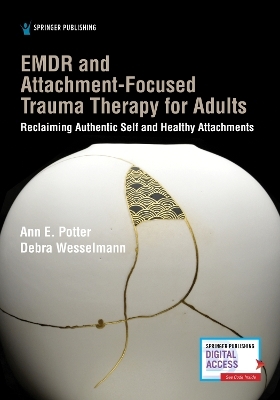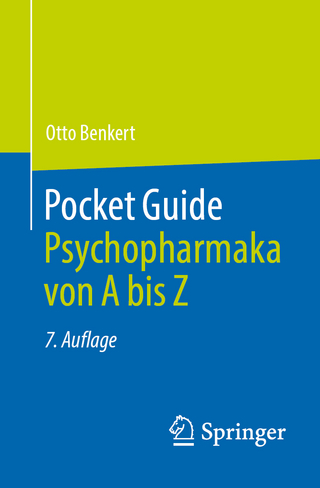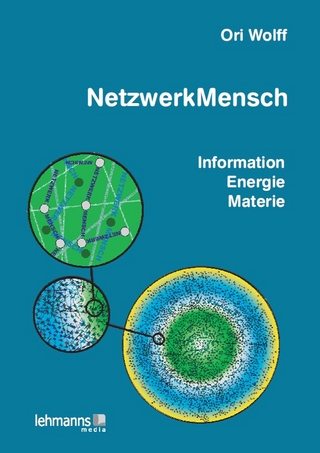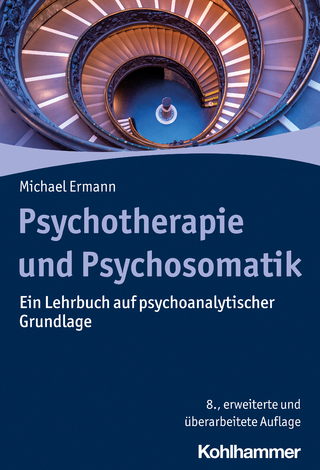
EMDR and Attachment-Focused Trauma Therapy for Adults
Springer Publishing Co Inc (Verlag)
978-0-8261-3688-6 (ISBN)
Delivers a unique, comprehensive treatment that galvanizes inner resources for reorganizing personality and healing childhood attachment rifts
At the heart of this innovative text is a strengths-based, Attachment-Focused Trauma Therapy for Adults (AFTT-A) that facilitates healthier functioning and attachment patterns for adult clients. This model uses a multimodal, step-by-step approach to restructuring the internal personality system to reclaim the authentic "Self" by providing new attachment experiences for "Child" parts of Self and negotiating new adult-life roles. AFTT-A orients all inner personality components to the present moment in which unmet childhood needs for nurturing and protection can be met within clients themselves. The book delivers a sequence of scripted protocols that accesses and activates the client's own strengths, creating an internal system of resources and using bilateral stimulation to deepen positive affective shifts.
Throughout the book in Pause and Reflect sections, the authors encourage therapists to think about their own attachment patterns that emerge in therapy sessions and implement activities to enhance personal self-awareness and improve attunement to clients. Short vignettes and excerpts from client sessions illustrate the model's application, and end-of-chapter Points to Remember and Troubleshooting tips reinforce key concepts and underscore common therapy challenges and their solutions. The AFTT-A model is useful not only for EMDR therapists but can be easily integrated with non-EMDR models of trauma therapy. Purchase includes digital access for use on most mobile devices or computers.
Key Features:
Presents protocols and protocol scripts for each step of the therapy process
Uses a PAC (parent-adult-child) model to help clients understand parts of Self and normalize their inner experiences related to attachment trauma
Delivers a standalone treatment for restructuring personality, healing childhood attachment ruptures, and developing effective adult-life skills
Integrates preparation and reprocessing phases of EMDR therapy
Promotes in-depth understanding of client behaviors through attachment and trauma models
Emphasizes therapist self-reflection to facilitate optimal therapeutic relationships
Includes treatment vignettes and excerpts from client sessions to deepen understanding of AFTT-A model
Presents troubleshooting tips, exercises and activities, helpful checklists, templates, worksheets, script examples, and more
Ann E. Potter, PhD, has worked over 45 years in the mental health field as a psychiatric nurse, educator, therapist, psychologist, evaluator, researcher, writer, presenter, and consultant. Her bachelor's degree is in Nursing from Creighton University, master's degree in Counseling from UNOmaha, and doctorate in Counseling Psychology from UNLincoln. She has been in private practice since 1989. Dr. Potter's areas of expertise include trauma, attachment, addictions, personality disorders, domestic violence and sexual assault, and she has specialized training in Eye Movement Desensitization and Reprocessing (EMDR), Dialectical Behavior Therapy (DBT), and Radical Openness Dialectical Behavior Therapy (RO DBT). She is a certified therapist and approved consultant in EMDR and a certified RO DBT therapist. She piloted outcome research related to phase-based trauma treatment (DBT/EMDR) for adults and published articles on the roles adults played as children in alcoholic families, a therapist manual and companion client workbook on trauma treatment, and articles on EMDR therapy. Debra Wesselmann, MS, LIMHP, has specialized in treating trauma and attachment problems in adults and children for over 30 years and co-founded The Attachment and Trauma Center of Nebraska in Omaha, Nebraska. She is an EMDR Institute trainer and develops EMDR specialty child and adult attachment and trauma-focused trainings for clinicians and trains clinicians online, around the United States, and overseas. She is an EMDRIA-approved consultant and serves on the editorial board for The Journal of EMDR Practice and Research. Wesselmann has co-authored articles, chapters, and books related to attachment and trauma, including two chapters that were co-authorized with Francine Shapiro and the recent treatment manual for the EMDR and family therapy integrative model as well as the companion parent guide, both published by W.W. Norton. She has been invited to give workshops and keynotes at numerous conferences nationally and internationally.
Foreword by Marshall Lyles, LPC-S, LMFT-S, RPT-S
Preface
How To Use This Book
Acknowledgments
Chapter 1. Introduction and Foundational Theories for Attachment-Focused Trauma Therapy for Adults
Chapter 2. Therapist Mindfulness and Parallel Process in Attachment-Focused Trauma Therapy for Adults
Chapter 3. Internal and External Secure/Earned Secure Attachments in Attachment-Focused Trauma Therapy for Adults
Chapter 4. External and Internal Non-Secure and Disorganized Categories of Attachment in Attachment-Focused Therapy for Adults
Chapter 5. Framework for Attachment-Focused Trauma Therapy for Adults: Enhanced Preparation Phase of EMDR Therapy
Chapter 6. Assessment of Client Readiness and Treatment Planning for EMDR Therapy in Attachment-Focused Trauma Therapy for Adults
Chapter 7. Explaining The P-A-C (Parent-Adult-Child) Diagrams in Attachment-Focused Trauma Therapy for Adults
Chapter 8. Safe Place and Higher Power for Adult Part of Self in Attachment-Focused Trauma Therapy for Adults
Chapter 9. Safe Place and Higher Power for Child/Adolescent Part(s) of Self in Attachment-Focused Therapy for Adults
Chapter 10. Creating an Internal Resource Team in Attachment-Focused Trauma Therapy for Adults
Chapter 11. Strengthening the Competent Adult Part of Self in Attachment-Focused Trauma Therapy for Adults
Chapter 12. Providing Corrective Attachment Experiences Between Child/Adolescent and True Parent Parts of Self in Attachment-Focused Trauma Therapy for Adults
Chapter 13. Parts' Work: Negotiating New Roles for Parent and Adult Parts of Self in Attachment-Focused Trauma Therapy
Chapter 14. Parts' Work: Tucking Child/Adolescent Parts of Self into Their Safe Places in Attachment-Focused Trauma Therapy
Chapter 15. Revising the Early Bonding Contract Rules in Attachment Focused Trauma Therapy for Adults
Chapter 16. EMDR Therapeutic Story Method in Attachment-Focused Trauma Therapy for Adults
Chapter 17. The Emotionally Corrective Therapeutic Relationship in Attachment-Focused Trauma Therapy for Adults
Chapter 18. Getting Client Permission to Transition from Preparation Phase to Phases 3–8 of EMDR Therapy with Attachment-Focused Trauma Therapy for Adults
Chapter 19. Client Transition from Enhanced Preparation Phase in Attachment-Focused Trauma Therapy for Adults to EMDR Phases 3–8
Chapter 20. Adaptations for EMDR Reprocessing and Desensitization in Attachment-Focused Trauma Therapy for Adults
Chapter 21. Applications of Attachment Focused Trauma Therapy for Adults with Dissociative Identity Disorder Diagnosis
Chapter 22. Supplemental Materials for Use with Clients in Attachment-Focused Trauma Therapy for Adults
Index
| Erscheinungsdatum | 03.10.2022 |
|---|---|
| Zusatzinfo | 6 |
| Verlagsort | New York |
| Sprache | englisch |
| Maße | 178 x 254 mm |
| Gewicht | 363 g |
| Themenwelt | Geisteswissenschaften ► Psychologie ► Klinische Psychologie |
| Medizin / Pharmazie ► Medizinische Fachgebiete ► Psychiatrie / Psychotherapie | |
| Medizin / Pharmazie ► Physiotherapie / Ergotherapie ► Rehabilitation | |
| ISBN-10 | 0-8261-3688-5 / 0826136885 |
| ISBN-13 | 978-0-8261-3688-6 / 9780826136886 |
| Zustand | Neuware |
| Informationen gemäß Produktsicherheitsverordnung (GPSR) | |
| Haben Sie eine Frage zum Produkt? |
aus dem Bereich


